Colico
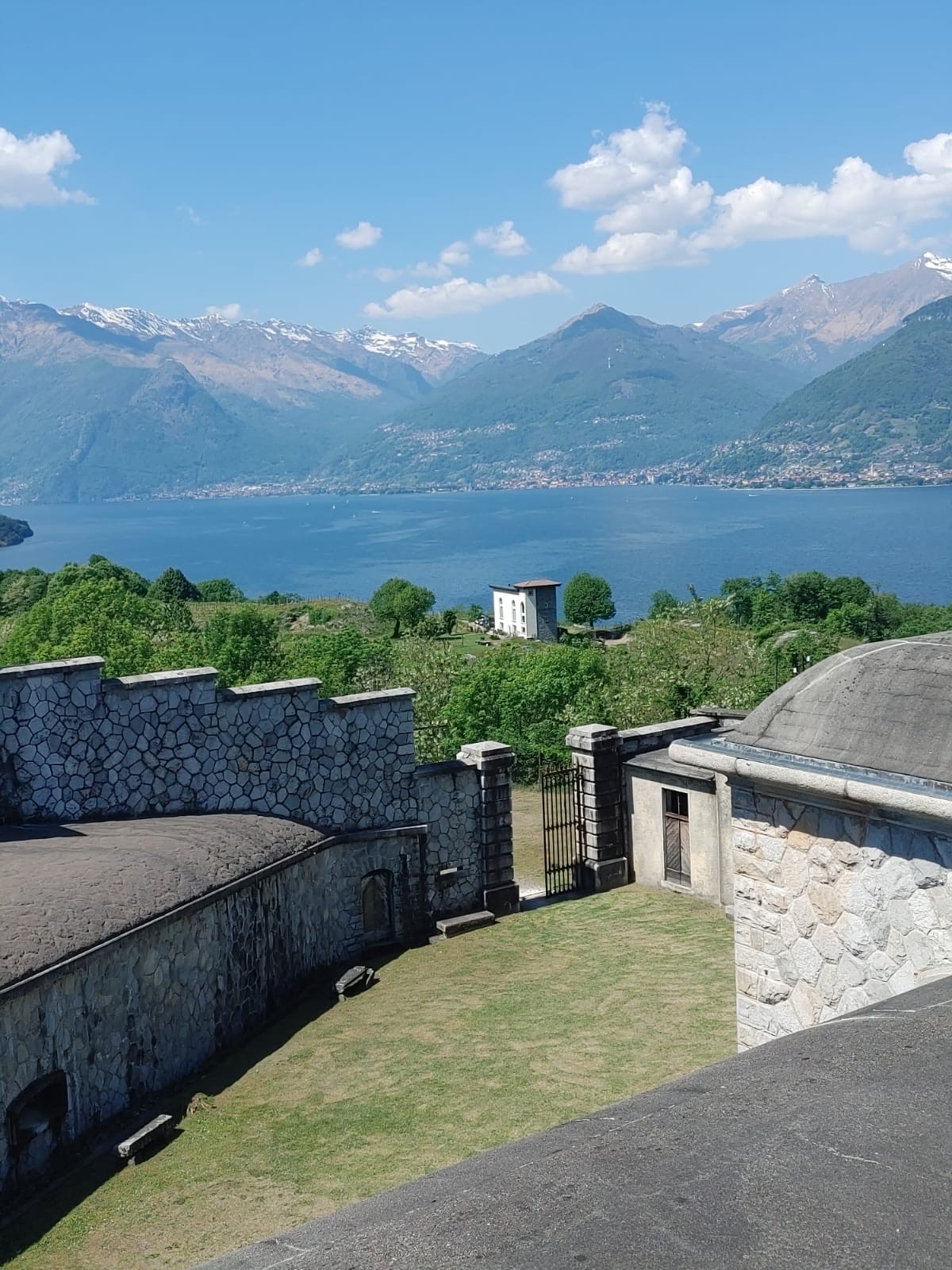
4ATUR 2024/2025
Colico is a town in Lombardy, located at the northern end of Lake Como, in the province of
Lecco. It lies in a particularly strategic and scenic position, where the Adda River flows into
the lake and the Alpine mountains meet the lakeside shores. The town is easily accessible
thanks to its proximity to important roads connecting Valtellina, the Canton of Grisons
(Switzerland), and the rest of Lombardy. The territory of Colico covers an area of about 36
square kilometers and includes a wide variety of natural environments. The coastal area,
facing the lake, is mostly flat and features beaches and green meadows, ideal for swimming
and leisure activities. Further north towards the mainland, the landscape becomes hilly and
mountainous, reaching its highest point at Mount Legnone (2,609 meters), the tallest peak in
the province of Lecco and a popular destination for hikers and climbers. A significant part of
Colico’s territory is included in the Pian di Spagna and Lake Mezzola Nature Reserve, a
protected area of great ecological importance. This reserve is made up of wetlands, reed
beds, flood meadows, and streams that provide a perfect habitat for many species of water
and migratory birds, making it a favourite place for birdwatchers and photographers. From a
hydrographic point of view, Colico is crossed by several streams and canals, as well as by
the Adda River, one of the main tributaries of Lake Como. The constant presence of both
lake and river water has strongly influenced the development of the landscape and human
activities, especially in agriculture, tourism, and sports.
History of Colico
Prehistoric time
The first human settlement in Colico dates back to the Bronze Age in Prehistory. We know it
because fossil remains have been found and they indicate the presence of some
populations (approximatively 2200–900 B.C.).
The place was favourable to human settlements thanks to: fresh water, fertile land, natural
resources,and the mountains protecting this little town. Colico probably hosted small military
bases and rest stations for travellers and soldiers.
Middle age
During the early middle ages, after the fall of the Roman Empire, the area was invaded by
various Germanic populations, especially the Lombards. During that period, Colico became
even more strategically important because it was a gateway to Valtellina, a fertile valley
crucial for trade. Around the 1300s, during the period of the struggles between the Guelfi
and Ghibellini, Colico and the upper Lario were the site of numerous clashes. The biggest
Lombard families, such as the Visconti of Milan, competed for control over the area, which
served as a transit route to the Alpine passes. For defensive purposes, important
fortifications were built during that time: Forte Montecchio Nord and Forte di Fuentes.
Modern Age
In the 1600s, Colico underwent a new phase of transformation under Spanish rule. In 1620,
there was a violent episode: the Valtellina Revolt, which also indirectly involved the Colico
area.
Contemporary Age
During the 19th and early 20th centuries, Colico was involved in the changes linked to the
unification of Italy. The arrival of new transportation routes (first the Como-Colico railway in
1885, then the connection to Valtellina) led to the growth of the village, which became an
important railway and commercial hub. During World War I, Colico played a key role in the defense of the Alpine border: Forte Montecchio Nord was built between 1911 and 1914.
During World War II, the area experienced difficult times, as it lay along the escape route
used by the Nazis.
Tourism
Outdoor and natural tourism
Colico is an ideal place for people who love nature. The territory is surrounded by
outstanding mountains such as Mount Legnone, really appreciated by expert hikers. There
are numerous paths ,varying in difficulty, offering also easier walking. The Pian di Spagna
area is perfect for birdwatching and natural photography. Generally, the landscape offers an
ideal environment for those who want to find contact with nature.
Seaside and sportive tourism
Thanks to its position over the lake, Colico is very popular during the summer season for its
beaches, such as Piona Beach, where sunbathing and swimming is possible. The lake is
also a paradise for aquatic sports such as windsurfing, kitesurf, sailing and canoeing. The
presence of schools and retails makes the practice of these sports accessible too.
Cultural and historical tourism
Colico has a relevant military history, symbolised by two visible fortifications. The Forte
Montecchio Nord is a rare example of a First World War fortress that stayed intact, with its
original cannons still functioning. The Fonte di Fuentes, instead, dates back to the
seventeenth century and this is the remnant of a majestic Spanish fortress. These places
recount important episodes of Italian and Lombard history. Additionally, the historic centre
and surrounded areas offer a traditional and authentic atmosphere.
Religious Tourism
The Abbey of Piona is one of the most beautiful places in Colico. This monastery is still
inhabited by Cistercian monks and is a real oasis of spiritual peace. The cloister, facing the
lake, is one of the most photographed spots in the area. Besides the abbey, there are also
several historic churches that show the local religious tradition.
Food and Wine Tourism
Colico and its surroundings offer a cuisine that mixes the traditions of Valtellina and Lake
Como. In restaurants and farmhouses, you can taste typical dishes like pizzoccheri, polenta
taragna, mountain cheeses, and local cured meats, often served with Valtellina wines. Some
farms organize tastings and guided tours, giving tourists an authentic experience linked to
the territory.
Sports and Adventure Tourism
Besides water sports, Colico is popular with people who love mountain biking, trekking, and
paragliding. The trails starting from the area lead to spectacular viewpoints. In winter, even if
Colico does not have ski slopes, it is a great base to reach ski resorts in Valtellina, such as
Madesimo, Aprica, or Bormio, easily reachable by car or train.
Sustainable and Rural Tourism
In recent years, more eco-friendly and rural tourism has developed. Many farm stays allow
visitors to experience country life, with activities like fruit picking, animal care, and
workshops for families. This kind of tourism is especially loved by those looking for a slower
pace and a deeper contact with local culture.
Accessibility and accommodation facilities
Colico is easily accessible by many means of transportation: the most common and the
fastest one is surely the train from Milan, where you can catch the direct train, or make just a change in Lecco, with a total travel time of nearly one hour and a half. There are also
routes from Chiavenna and Lecco.
Instead, for those who want to travel by car, there is the main road 36 from Milan to Sondrio.
If you come from Como, you can catch the C10 bus line that connects it to Colico, passing
through Menaggio, where you have to change bus Instead from Switzerland there Is the C12
bus line from Lugano.
During the summer season, it’s recommended to take advantage of the navigation service
from Como to Colico to enjoy the lake view in all its beauty.
Colico offers many accommodation facilities to meet the needs of tourists: some of the main
options are Bed & Breakfasts featuring just a few rooms, perfect for those who look for
peace; furthermore, hosts can enjoy wonderful panoramic views, a garden and have access
to a private car parking. Other accommodation facilities in the Colico area include vacation
apartments, some of which can be booked through online booking platforms.
Author
rocca.beatrice21@isgparinilecco.edu.it
Related Posts
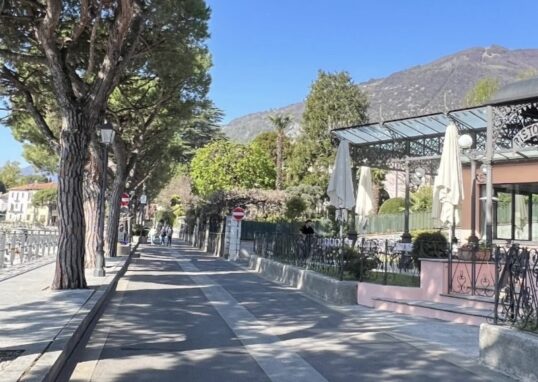
LENNO
3Atur 2024-2025 Lenno is an amazing village situated on the western shore of lake Como in the town of Tremezzina. It’s a...
Villa Balbianello: The structure
3A TUR 2024/25 The Villa Villa delBalbianello is a historic 18th-century residence overlooking Lake Como (Tremezzo), built by Cardinal Durini of Milan.The...
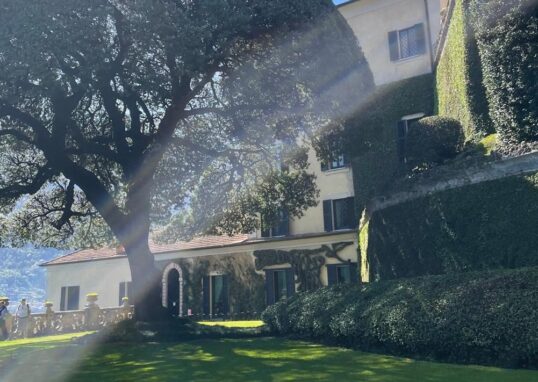
The park of Villa Balbianello
3Atur 2024/25 Villa Balbianello Park is a stunning place, sitting on a wooded hill and offering breathtaking views of Lake Como. It...
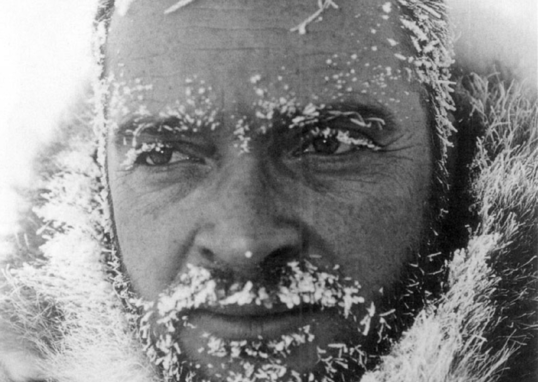
The life of Guido Monzino
3Atur 2024/2025 Guido Monzino was born in Milan in 1928. His father was Franco Monzino, known for founding the Standa supermarkets. But...
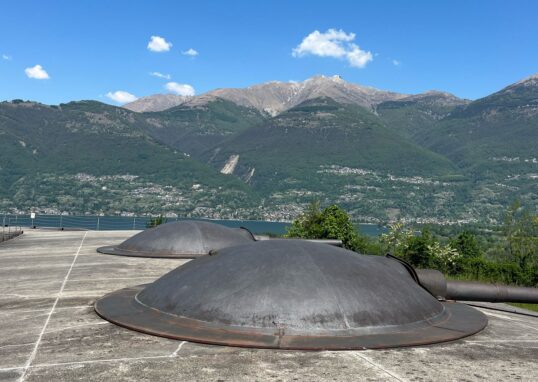
The Fortifications of Colico
4ATUR 2024-2025 During the first years of World War I (1915-1918), the Italian High Command , guided by General Luigi Cadorna, was...
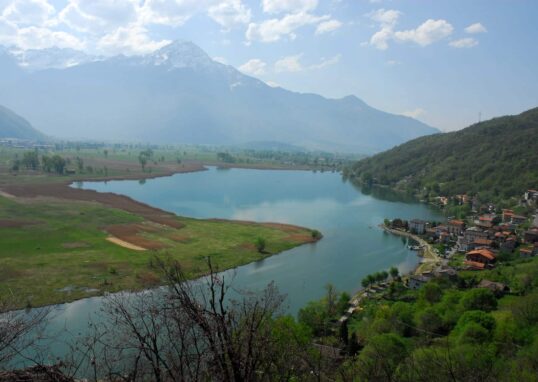
PIAN DI SPAGNA
Introduction: Pian di Spagna Natural Reserve is a protected area located in the town of Sorico and Gera Lario, in the Como...